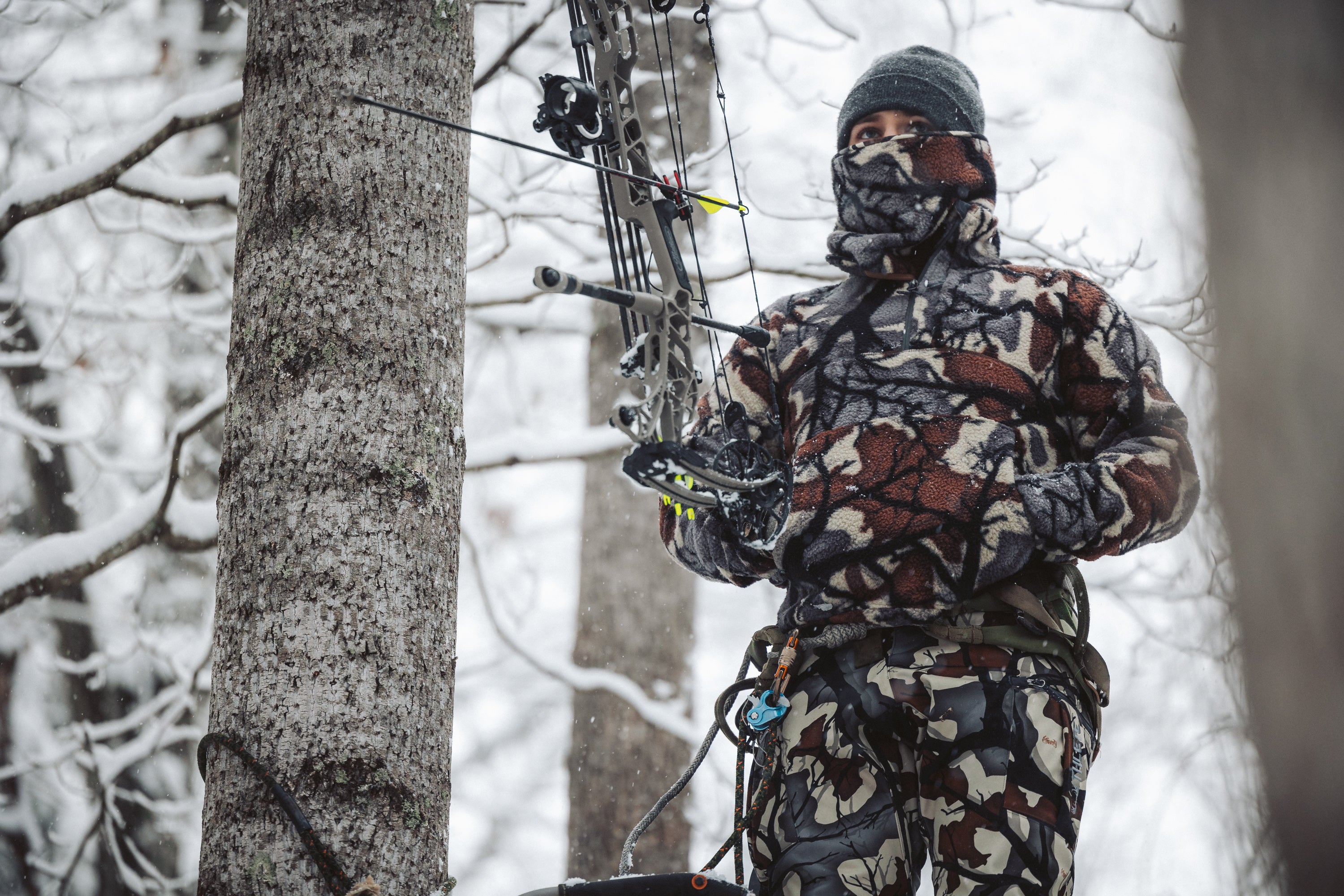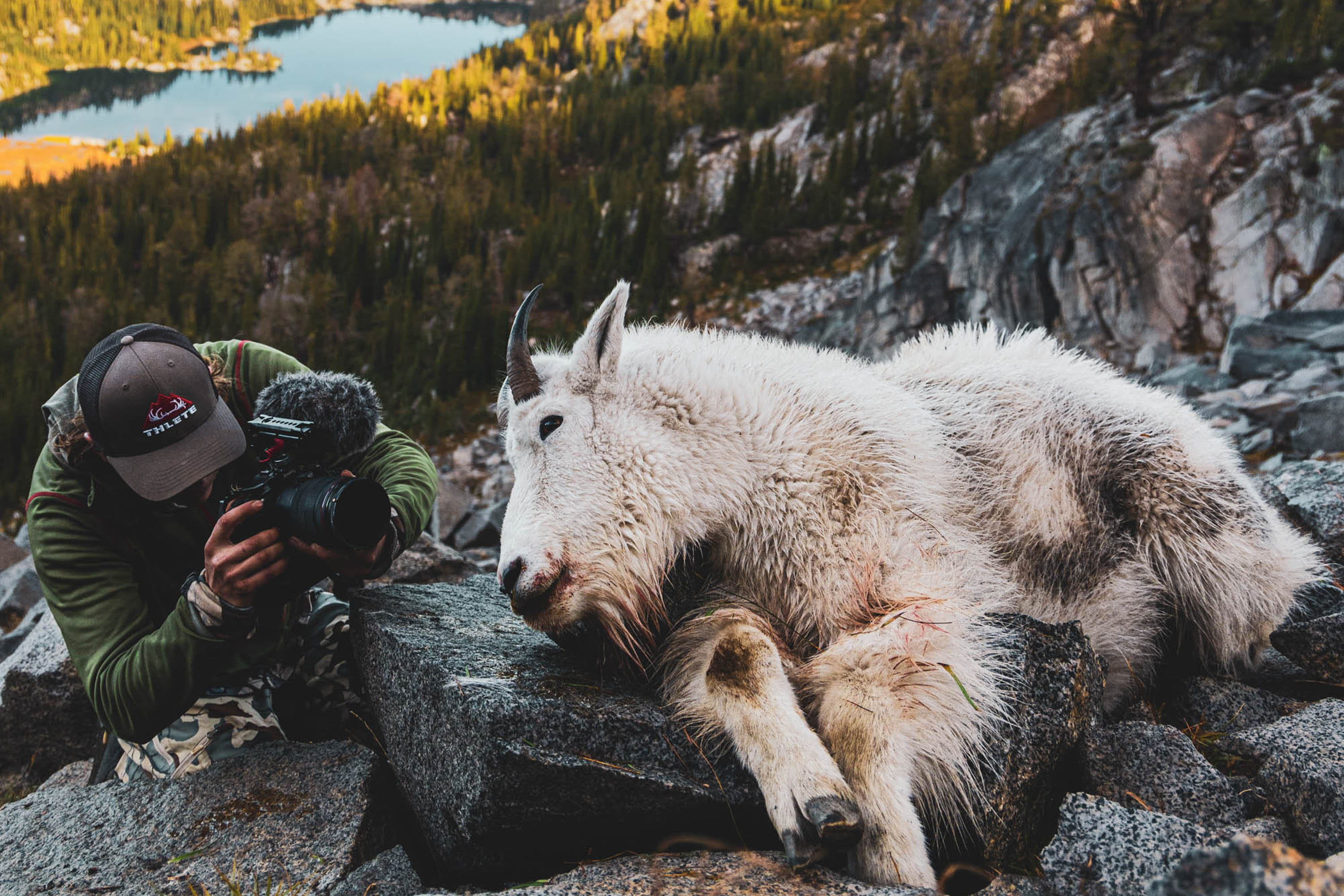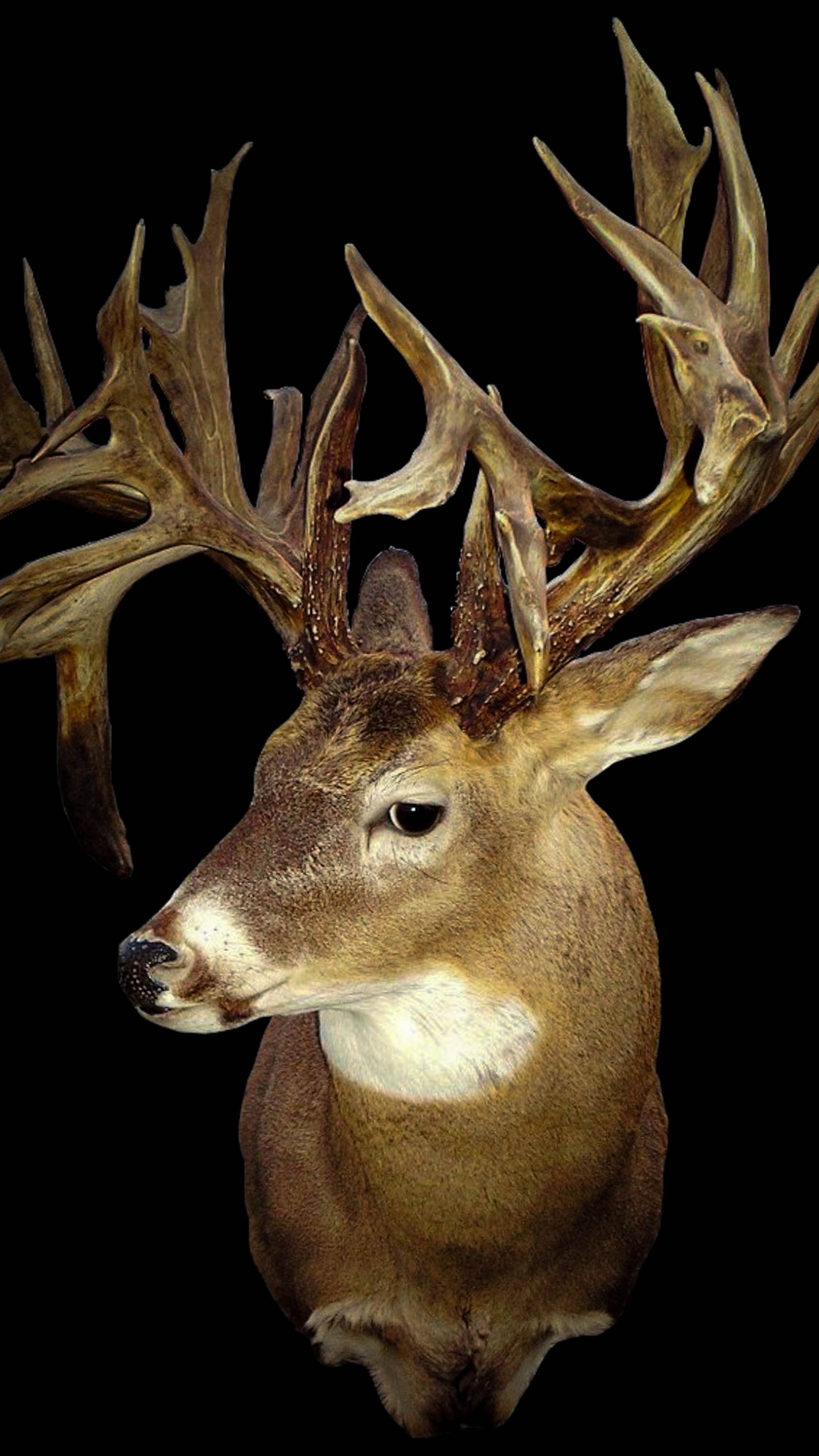
Thermals and Wind Currents: How they affect bedding habits and travel patterns?
Understanding the bedding habits and travel patterns of whitetail deer in a specific type of terrain can be a challenging task that requires multiple seasons of scouting and observation. This challenge becomes even more complex in broken terrain, where the landscap is characterized by ravines, hills, and river valleys that disrupt scent dispersal. To gain insights into why deer prefer certain routes, it is essential to delve into how air currents, particularly thermals and wind, influence their movements. Mastering the art of hunting thermals and wind currents can significantly enhance your hunting strategy by enabling you to make informed decisions about where and how to hunt.
When planning a hunt, wind direction is often the most scrutinized factor. However, it's crucial not to overlook the role of thermals in conjunction with wind currents. While wind is typically felt through breezes and gusts, thermals are detected as shifts in temperature. These thermals arise in uneven terrain where the air rises and falls as the temperature fluctuates throughout the day. Acquiring a basic understanding of thermals is advantageous when hunting in hilly terrain.
As the air cools at sunset, it descends and settles in the lowest available areas, such as valleys, cuts, and draws. Conversely, when the sun heats the air in the morning, it rises and pushes back to the highest points of the terrain, like ridgetops. This knowledge forms the foundation of hunting thermals: in the morning, it is ideal to position yourself high above the trail or hunting area you wish to target. As the thermal draft moves uphill, it carries your scent with it. Alternatively, hunting on the downhill side of a trail in the evening allows thermal drafts to carry your scent into the valley or river drainage below. If possible, it is advisable to avoid hunting in lower terrain, as the air currents there tend to be more unpredictable. By hunting higher on ridges, you can rely on more predictable air currents.
Deer also rely on thermals when they are on the move. These creatures are keenly attuned to wind currents and will position themselves strategically to detect danger from various directions. For example, if you are hunting a valley that runs east to west and the prevailing wind blows from the north or northwest, you can expect the deer to bed on the north side of the valley, approximately three-fourths of the way up from the valley basin. The prevailing wind will curl over the ridgetop, while the thermals will rise from the valley below, creating an area where deer can detect potential threats from multiple directions.
Understanding the intricate relationship between wind currents, thermals, and the features of the terrain requires dedicated time and observation. Factors like the position of the sun, the presence of flowing water in a basin, and the nature of broken terrain can all influence wind and thermal patterns. It is important to note that while wind currents can shift and swing, thermals tend to follow predictable patterns unless influenced by weather fronts. However, predicting the behavior of thermal currents when they encounter broken terrain remains challenging.
Even experienced whitetail hunters cannot predict wind currents with 100% accuracy, and each valley may present unique characteristics. Therefore, it is crucial to pay close attention to thermals throughout the hunting season to develop a deeper understanding of their impact on deer behavior and movement. Some of the most vital keys to getting closer to mature whitetail deer are related to factors that are invisible to the naked eye but can be deciphered by studying and grasping the dynamics of wind currents and thermals.




